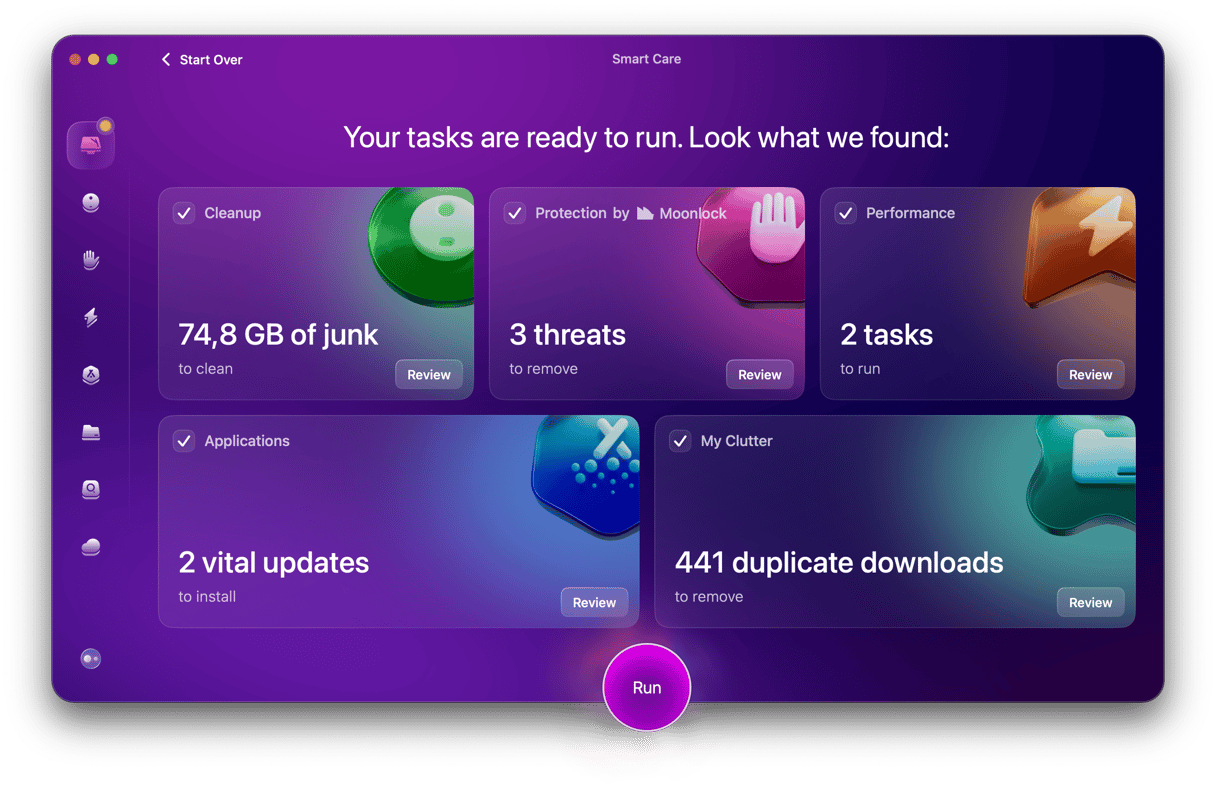There are a few problems with your Mac that are as much of a cause for concern as when it won’t turn on. And it’s particularly puzzling when it seems to charge properly, yet nothing happens when you press the power button. Why is that? Why won’t it turn on? In this article, we’ll explain what to do if your MacBook is not turning on but charging.
Why is my MacBook charging but not turning on?
There are a few possible reasons why your MacBook might be charging but not turning on. Unlike most problems you might encounter with your Mac, this one is more likely to be a hardware fault than an issue with software, though that can’t be ruled out. The first thing to do is to think about how your MacBook has been used recently. Has it had liquid spilled on it? Has it been dropped or has something dropped on it? In any of those circumstances, the logic board could be damaged, and that, in turn, could cause a problem with the power circuit that prevents it from turning on, even though the battery is charged.
How to prevent problems with your Mac easily
Most of the problems you will encounter when using your Mac are software-related, and many of them can be prevented by regular maintenance. This maintenance includes freeing up RAM, running macOS maintenance scripts, clearing purgeable disk space, and repairing disk permissions. However, running all those tasks yourself is time-consuming and difficult — running macOS maintenance scripts manually requires typing commands in Terminal. However, you don’t have to run them all yourself; CleanMyMac can do it for you. As well as the tasks listed above, it can thin out Time Machine snapshots, speed up Mail, and flush DNS cache, all of which will help keep your Mac running smoothly. You can download CleanMyMac for free here.

What to do if your MacBook is not turning on but charging
The first thing to do is to check that your MacBook is really not turning on. Modern Macs don’t always play a sound on startup — that’s a setting that can be configured in System Settings. And if there is a problem with your MacBook’s screen or the external display it’s connected to, it’s possible that it could look like your Mac is not turning on. So, if it’s connected to an external display, disconnect it and then try and turn it on again. If it’s not connected to an external display, connect it to one if you can and try again. It’s also a good idea to put your ear close to the MacBook when you try to turn it on, especially if you’re in a noisy environment. You should listen for any sounds that might indicate power is being delivered to the logic board. These include the whirring of a fan starting up or any other noise.
1. Try a different power adapter
Another possibility is that there is a fault with the power adapter that makes it look like it’s charging your Mac when it’s not. So, if you have access to another power adapter, connect that, wait for a while so it has time to charge your Mac, and then try again. It’s also worth trying a different power outlet if you don’t have access to a different power adapter or if using a different one doesn’t work.
2. Unplug peripherals
Another possibility is that a peripheral, such as an external keyboard or storage drive, could be causing an issue and preventing your MacBook from turning on. So, if you have any peripherals plugged in, disconnect them and try turning your MacBook on again.
3. Reset the SMC
The system management controller (SMC) manages the delivery of power to your MacBook’s logic board. Sometimes, it develops a software fault that can be fixed by resetting it. The process for resetting the SMC is different for Apple silicon Macs and Intel-based Macs. Macs with Apple silicon reset the SMC every time they restart. So, to reset it, you just restart your Mac normally. Obviously, if your Mac won’t turn on, you can’t do that. So, this step won’t work for Apple silicon.
If you have an Intel-based Mac, there is a keyboard combination you can use when you start up your Mac to reset the SMC. It’s worth trying next:
- Plug your MacBook into mains power.
- Press and hold the Shift, Option, and Control keys on the left side of the keyboard.
- Press and hold the power button.
- Wait for ten seconds and release all keys and the power button.
- Press the power button to turn on your Mac.
_1707846266.png)
If nothing above works for you, the final step is to contact Apple Support, make an appointment with a Genius Bar, or take your MacBook to an Apple Authorized Service Center.
It can be very worrying if your MacBook is charging but not turning on. It could be a sign of a serious hardware issue like a damaged logic board. But it may be something much simpler and easier to fix like a misbehaving peripheral or a faulty power adapter or display. Follow the steps above to identify the cause and fix it.







